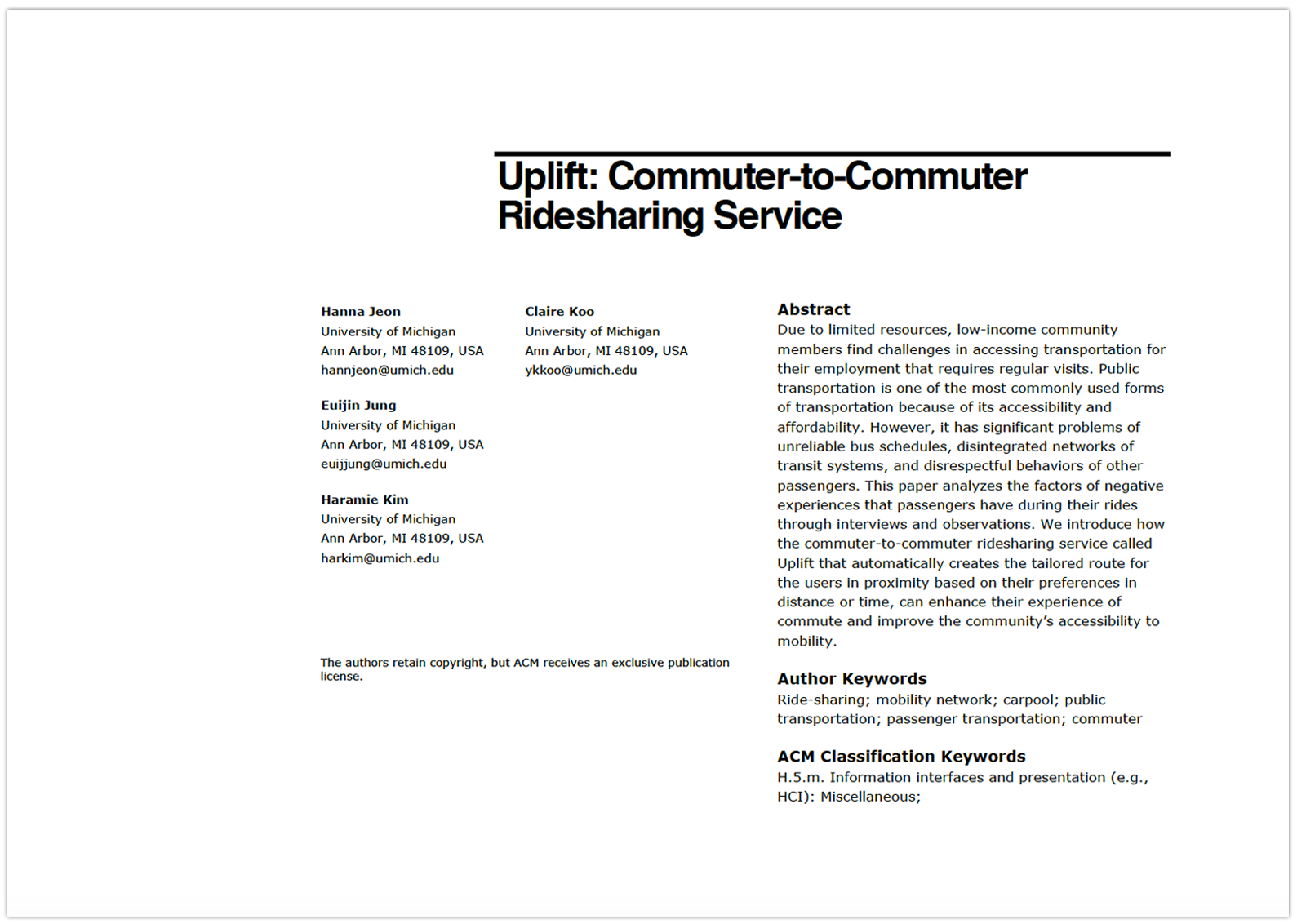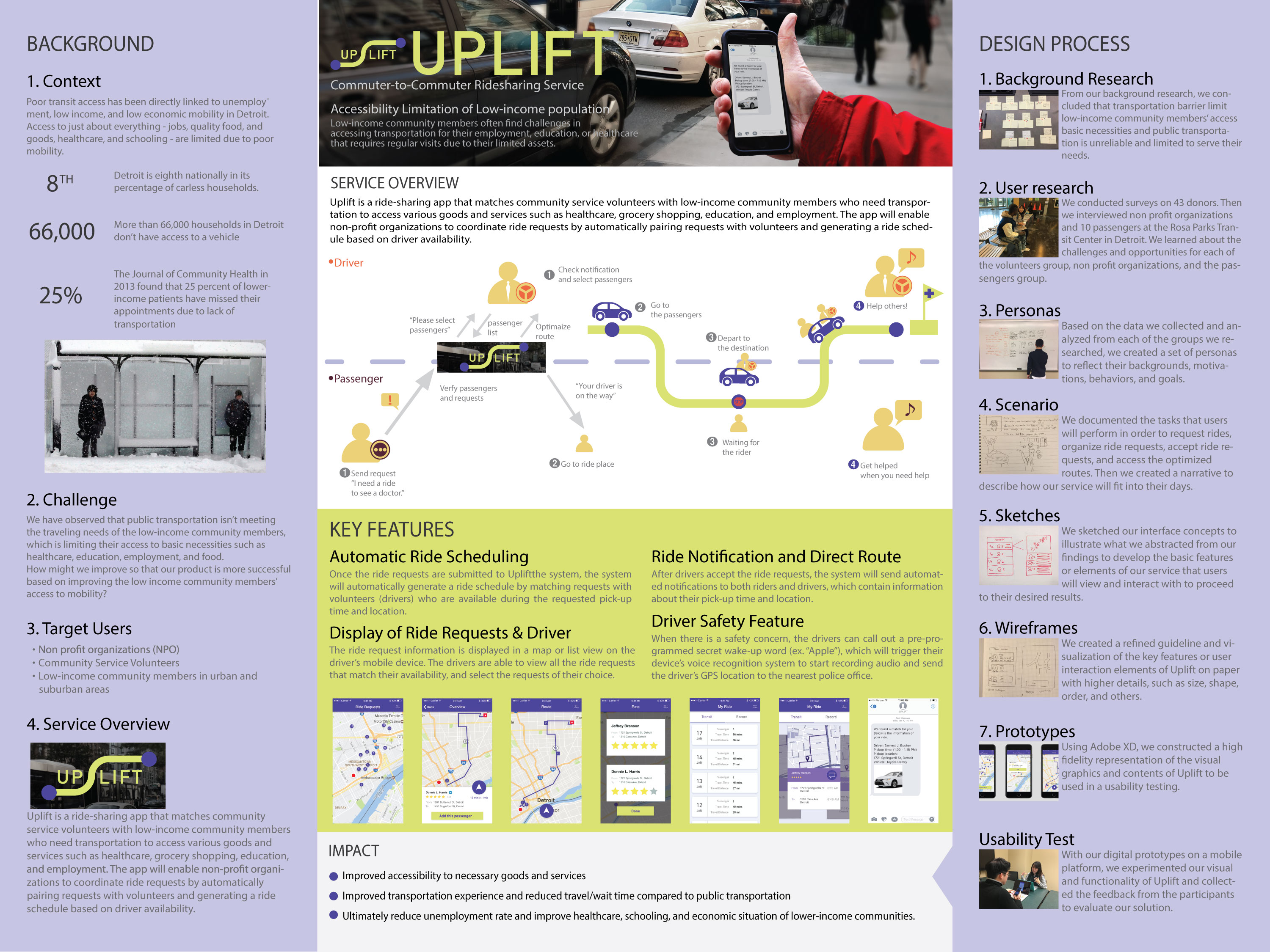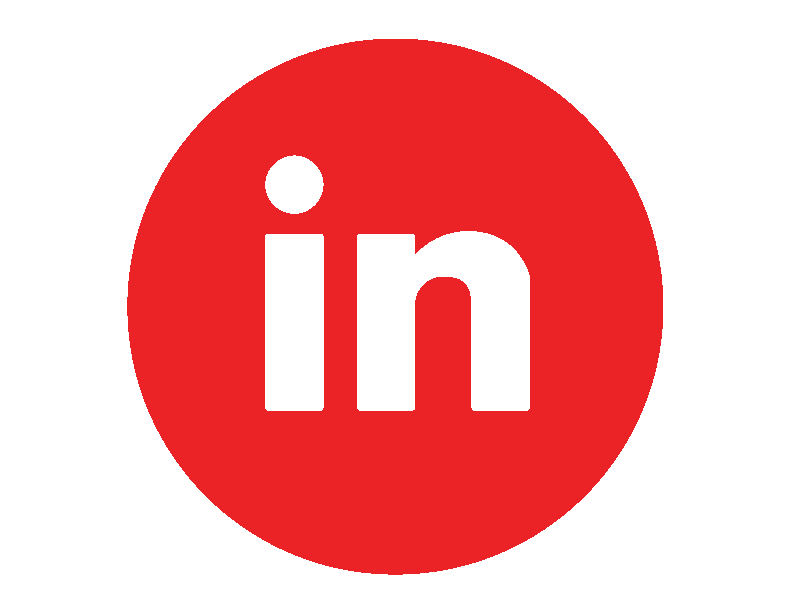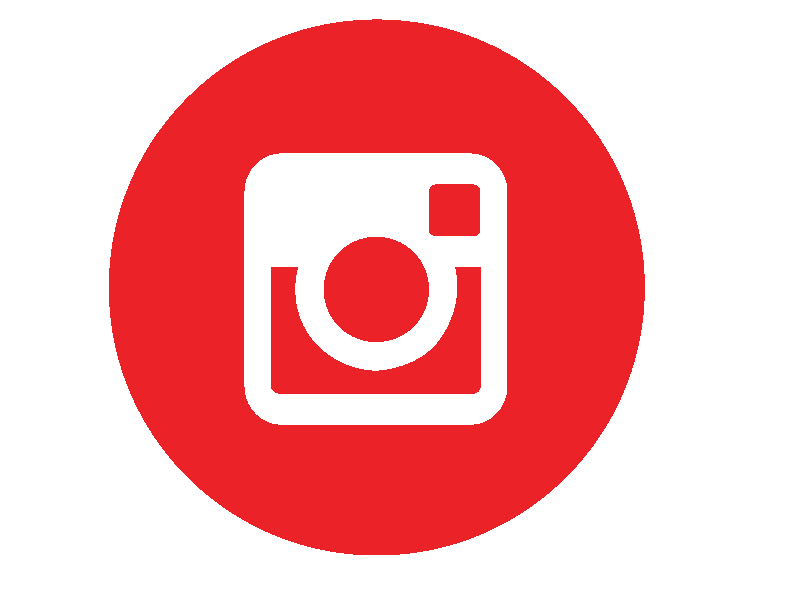DESIGN BRIEF
Uplift is for enabling low-income community members who need transportation to use ride sharing service without giving financial burden. This system would match volunteer drivers who is registered under non-profit organizations and ride requesters. The driver would pick up and drop off the passengers who requested a ride.
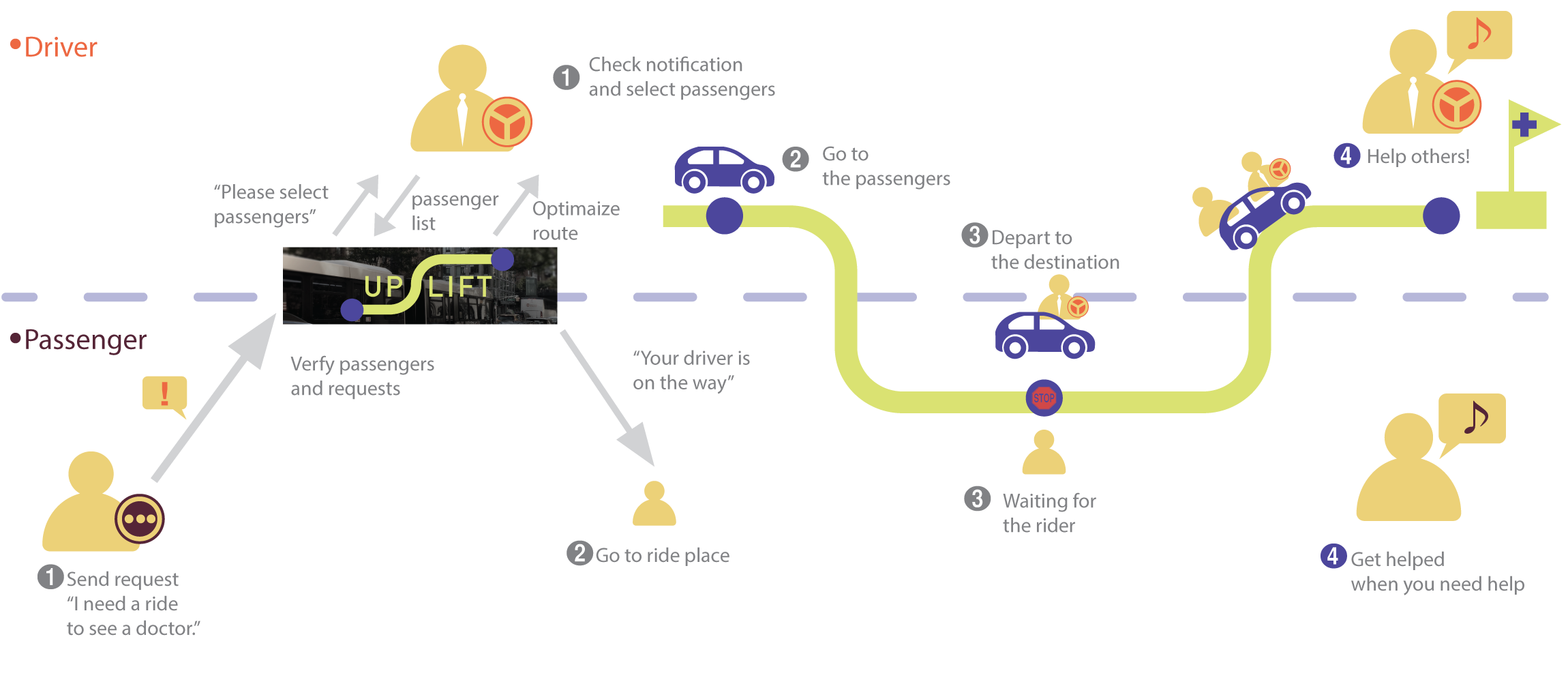
Key features of Uplift (Driver)
01. Automatic Ride Scheduling
Once the ride requests are submitted to Uplift, the system will automatically generate a ride schedule by matching requests with volunteers (drivers) who are available during the requested pick-up time and location.
02. Display of Ride Requests & Driver Settings
The ride request information is displayed in a map or list view on the driver’s mobile device. The drivers are able to view all the ride requests that match their availability, and select the requests of their choice.
03. Ride Notification and Direct Route Guidance
After drivers accept the ride requests, the system will send automated notifications to both riders and drivers, which contain information about their pick-up time and location. The driver notification will include a link or widget that launches the driver’s mobile navigation app and start route guidance to the requested destination.
04. Driver Safety Feature
When there is a safety concern, the drivers can call out a pre-programmed secret wake-up word (ex. “Apple”), which will trigger their device’s voice recognition system to start recording audio and send the driver’s GPS location to the nearest police office.

Choosing passenger based on ride requests information
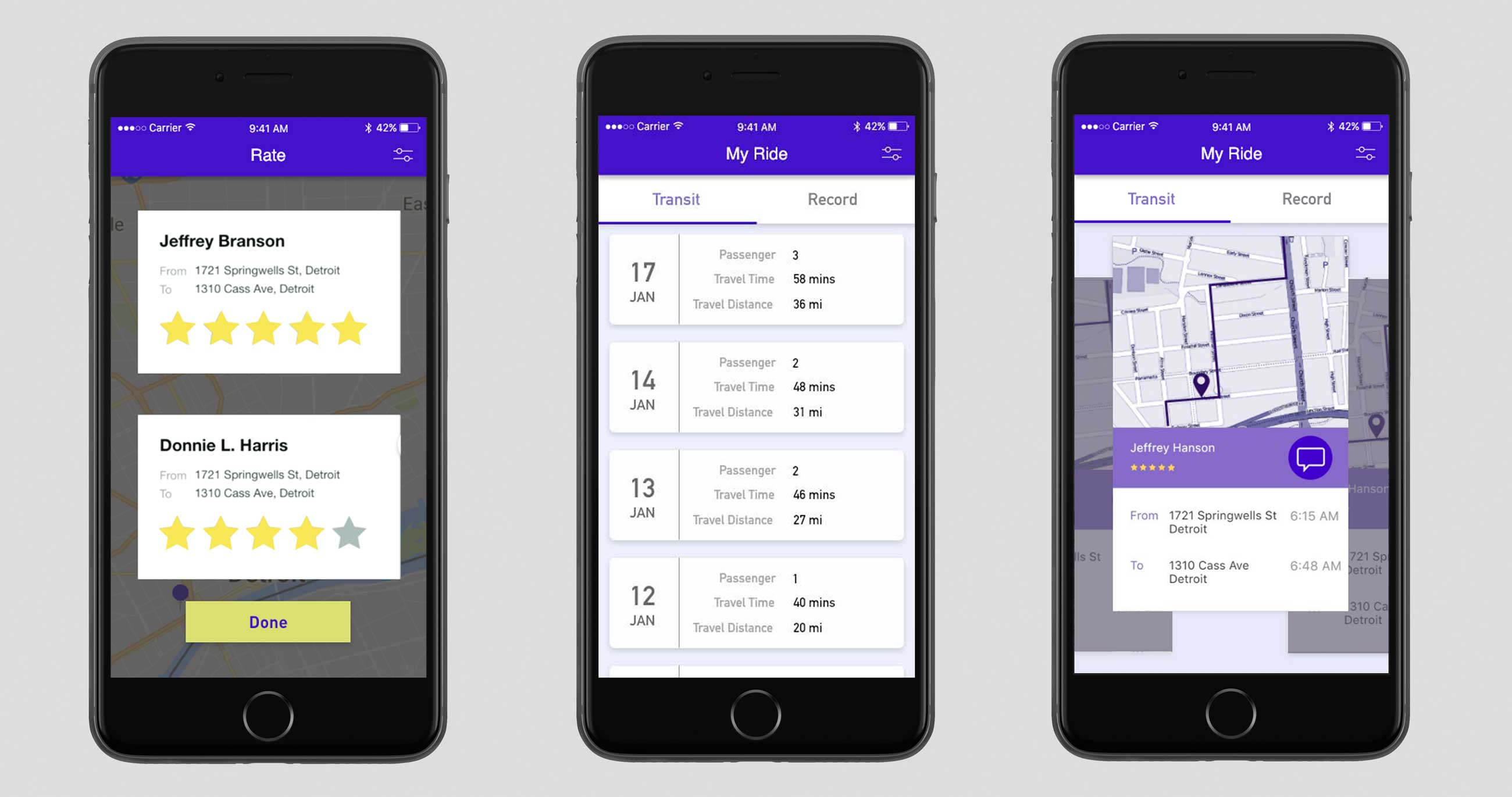
Giving rates to passengers and viewing transit history
DESIGN PROCESS
01. Framing the Problem
Background Research
Before we jumped into the user research, we conducted background research. In this step, we could have a better understanding about mobility issues for low-income individuals and what kind of actions exist to tackle down those issues.
User Research
The aim of this project is to identify the limitations of public transportation as a main transportation and to propose an alternative or improved means of reliable transportation for low-income people using affordable information technology. Our interviews with the United Way, Detroit Department of Transportation (DDOT), and a social impact entrepreneur revealed the profile of low-income community members, public transit systems, and the current limitations in Michigan. Then, we investigated the factors of negative experience on public transportation through our interviews with the passengers at Rosa Parks Transit Center and the observation of the environment.
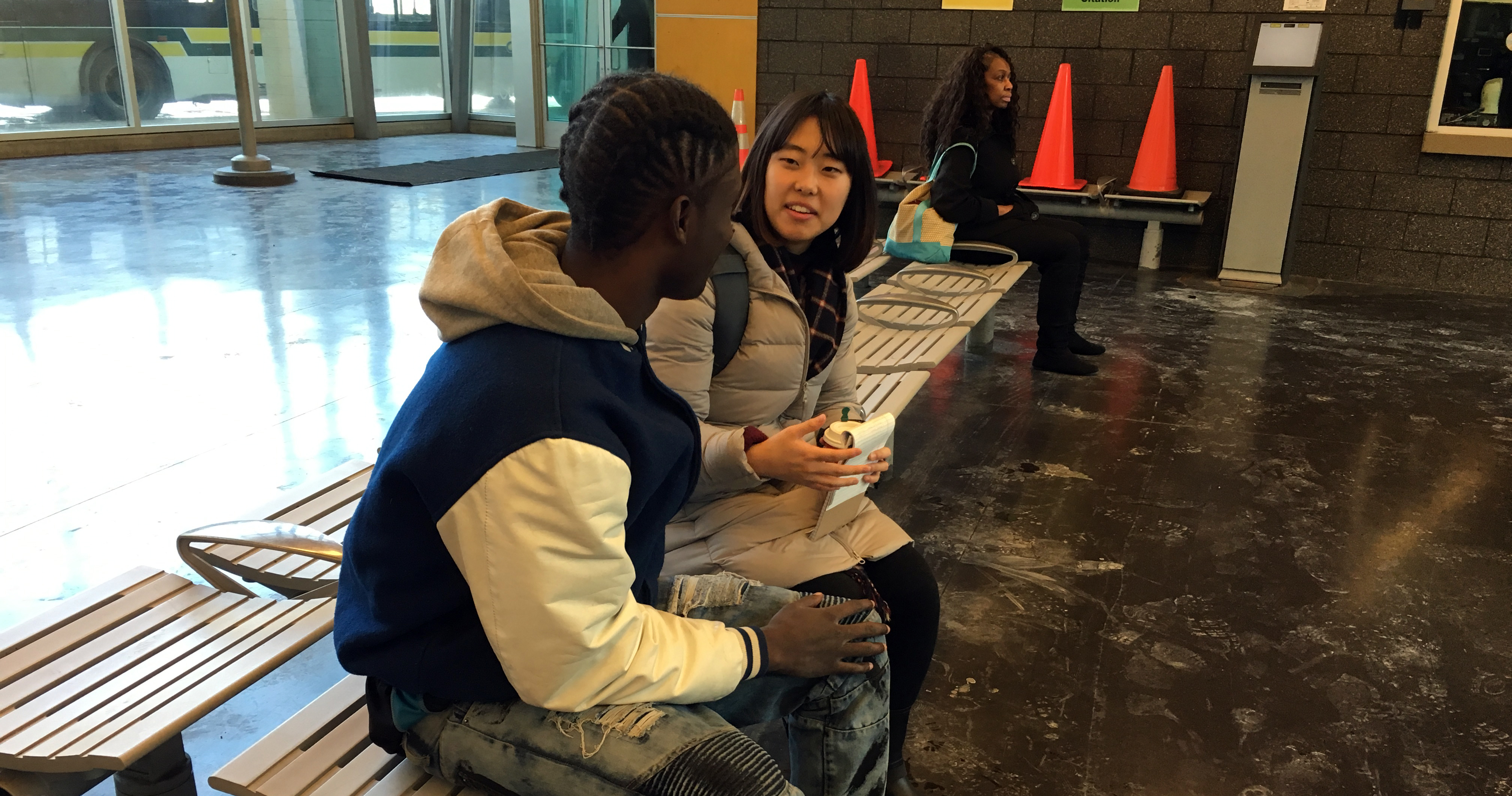
Interviews at Rosa Parks Transit Center
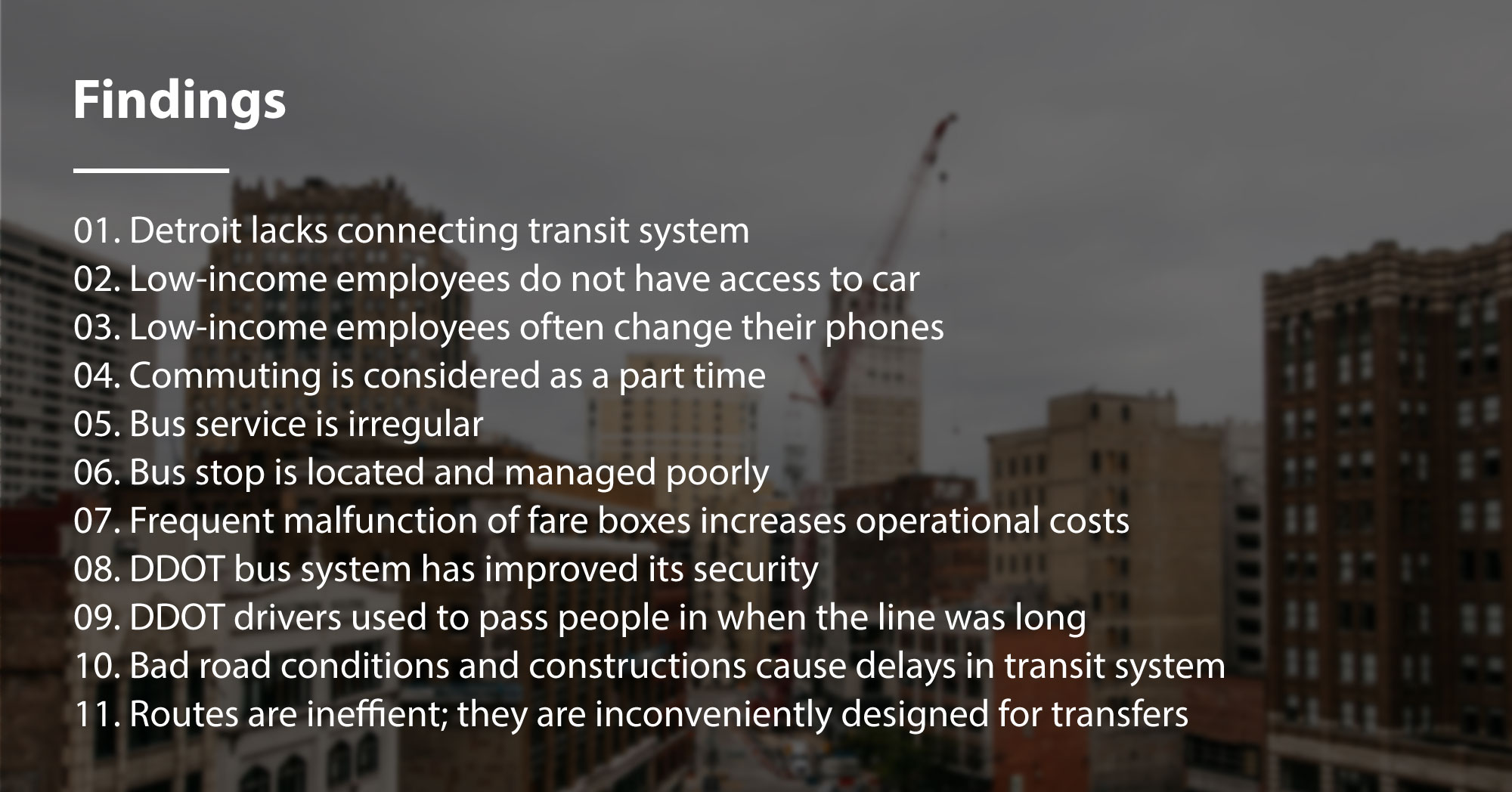
Key findings from the interviews
02. Finding a good solution
Brainstorming with sketching
We brainstormed possible solutions by sketching ideas. Our first idea was to use public transportation cards’ remaining balances as donation fees. This idea originated from the London Oyster Card, which we decided to modify for the U.S context. The remaining money would go to low-income individuals who need transportation fares for his or her daily commuting.
Survey, Personas, and User Scenario
To understand donation and public transportation behavior, we surveyed 30 transit users. Based on collected data, we created personas and their user scenario to develop a refined solution.
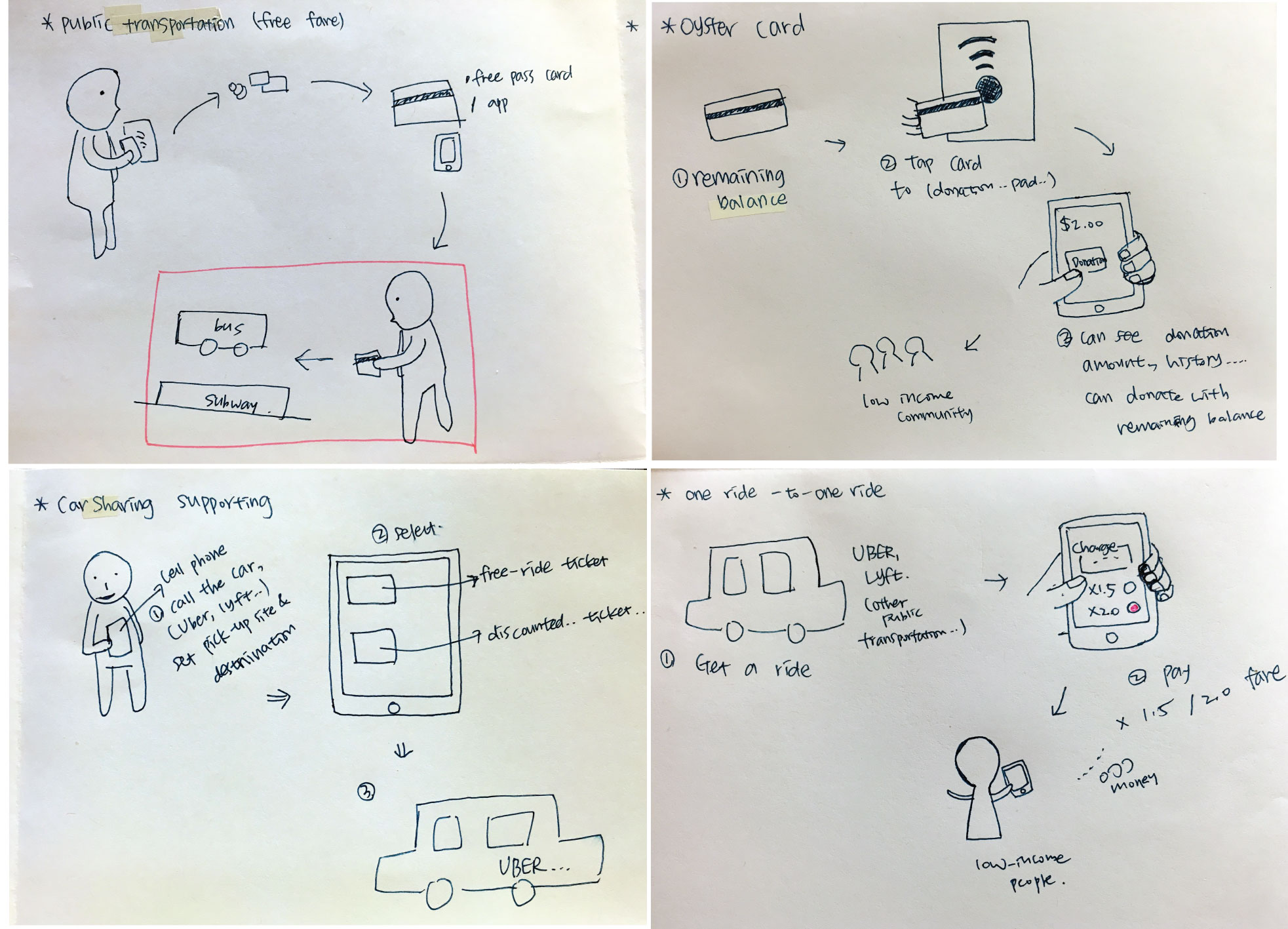
Initial sketches for brainstorming solutions
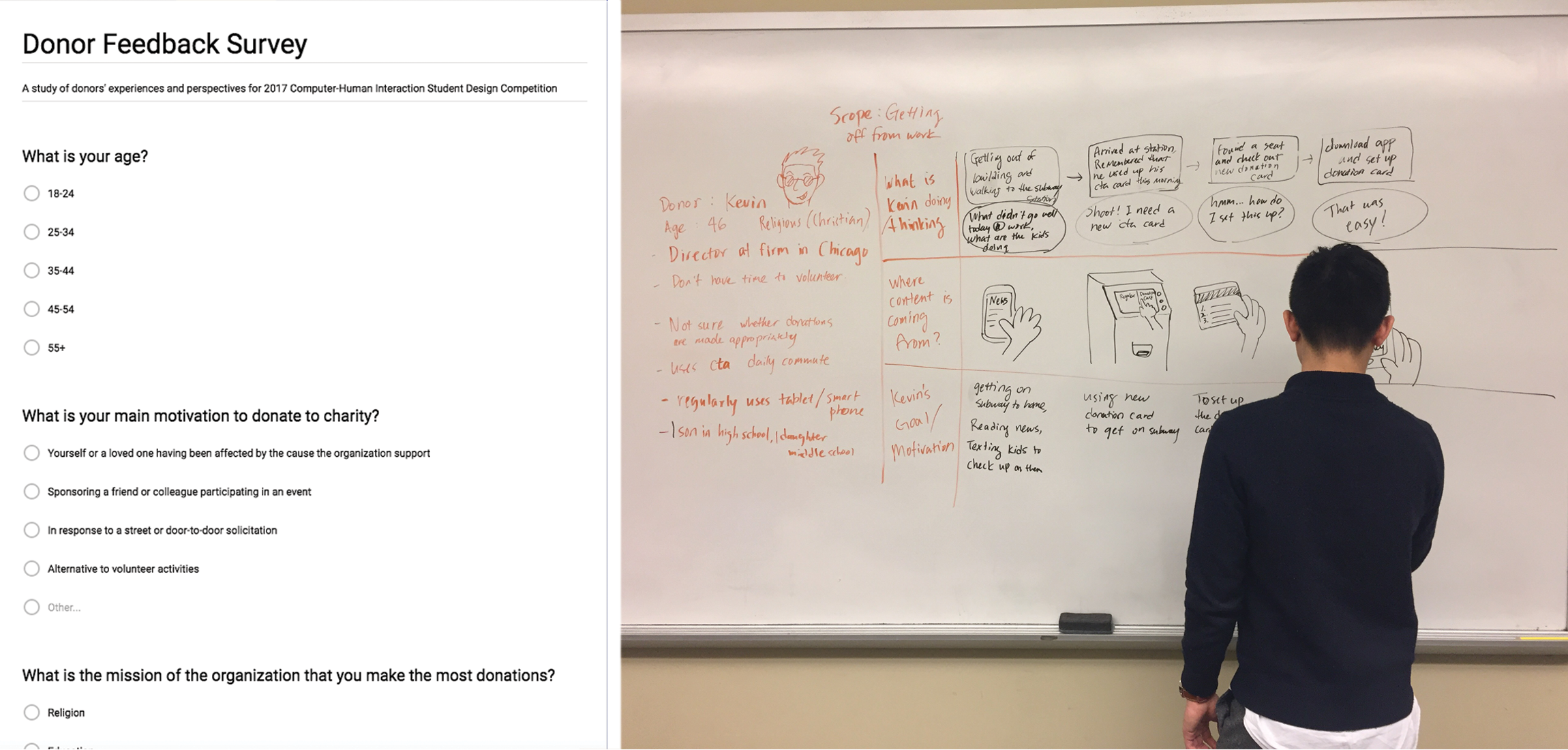
Survey questions and User scenario
03. Refining the solution (iterative design)
Although we started to design parts of our remaining balance donation system idea, we decided to change our solution because a donation system could only solve the 'public transportation fare' problem, but not our target audiences' other needs, such as their long transportation times.
We decided to define a ride-sharing service as our solution. In this step, we brainstormed what features this application should have and what kind of technology is accessible for two different target users. We decided to use a mobile app technology tool for volunteer drivers and a website and text messaging system for low-income community members. We wanted to make our design as accessible as possible, including those who have very limited data plans.
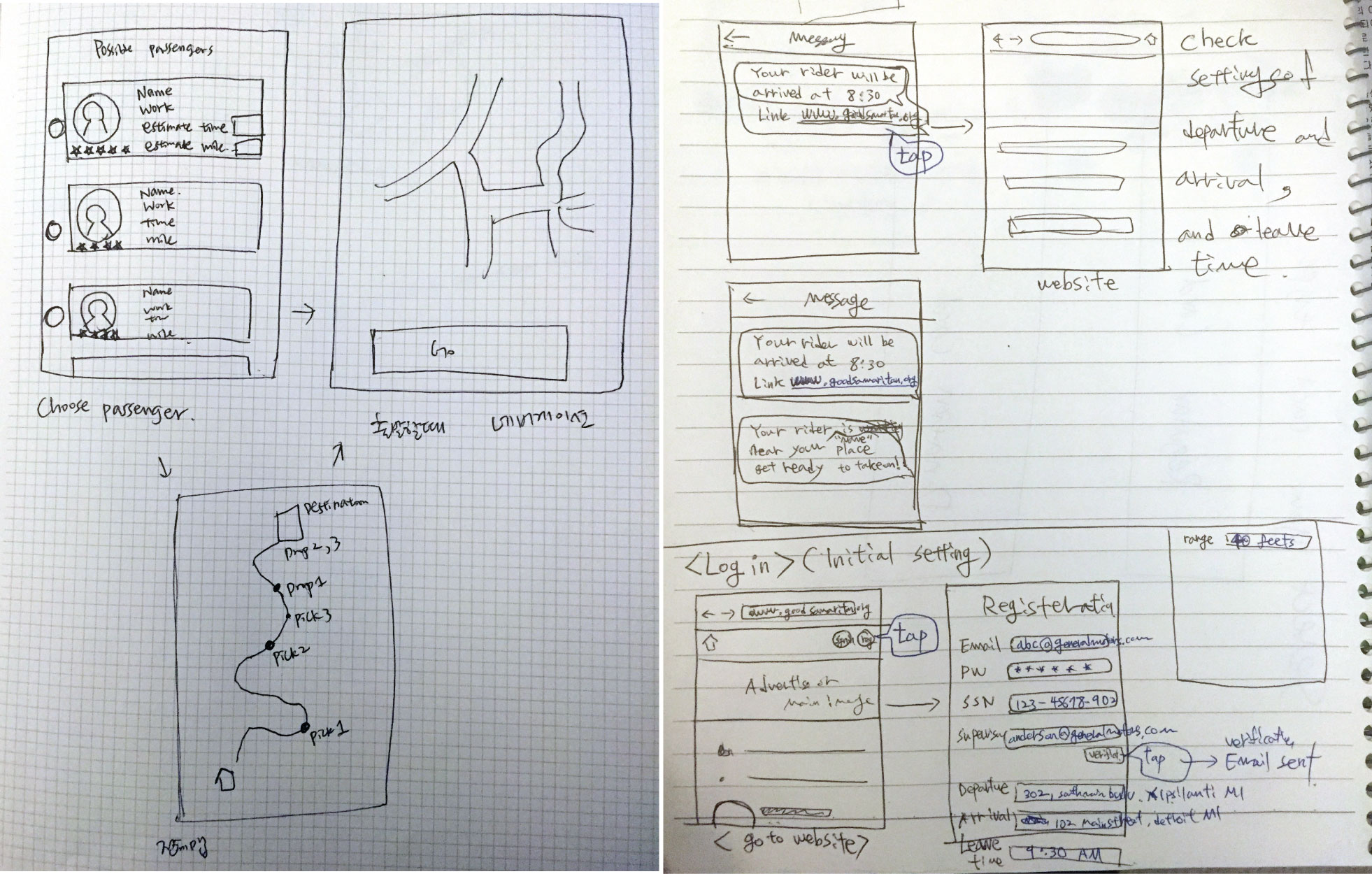
04. Prototyping
Digital Prototyping
After going through another brainstorming phase (Sketch, User Scenario) and building wireframes, we created a digital prototype.
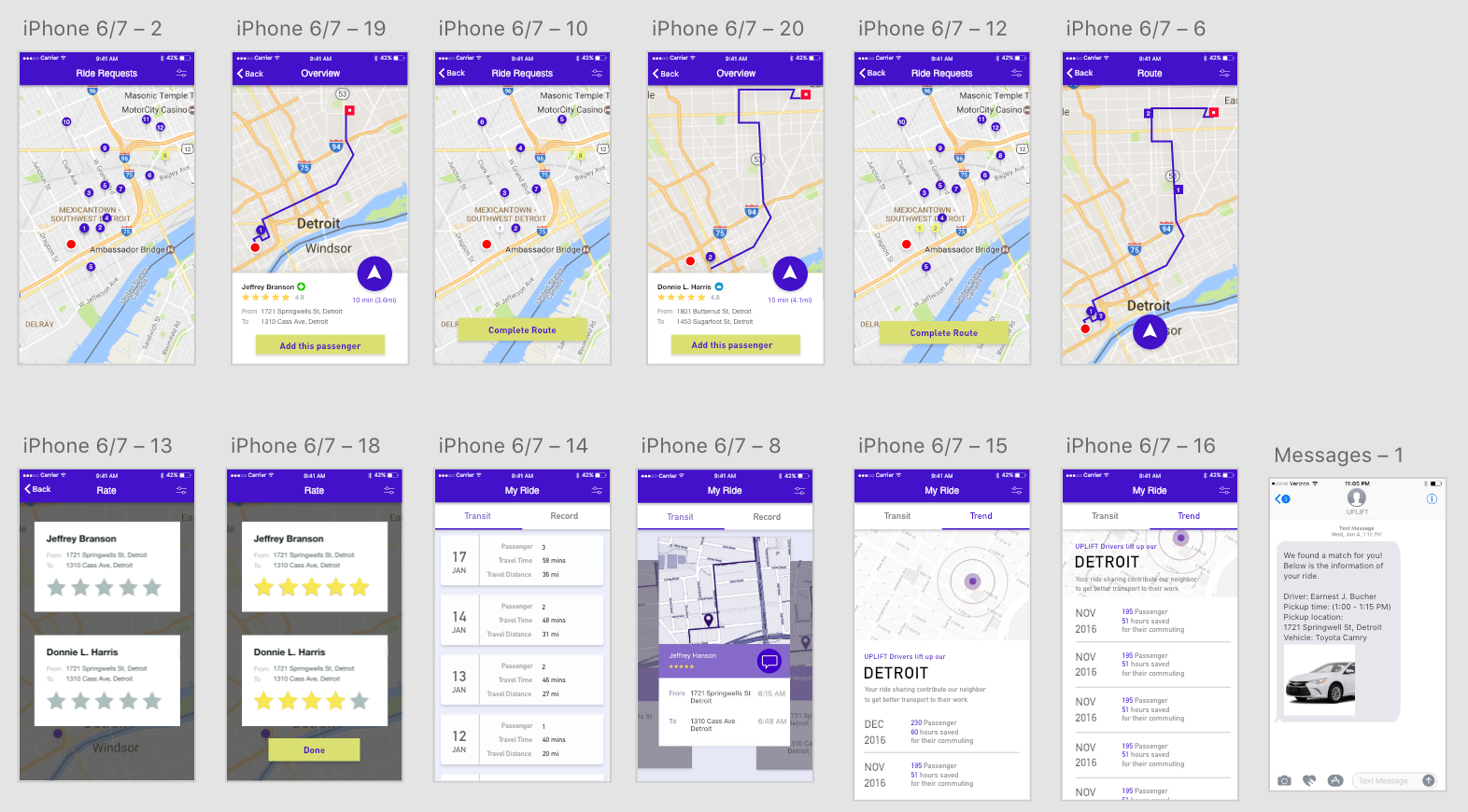
Screenshot of digital prototype interfaces (Adobe XD)
Usability Test
To evaluate the effectiveness of our service and its value proposition, we conducted usability testing with target audiences (drivers).
The usability testing participants expressed concerns or curiosities about the methods of a passenger verification, and reward for drivers during the follow-up interviews. Another detailed comment on the specific features are about displaying a map of final route with pins that indicate the locations of stops or the passengers. There was also a new idea of the beacon stickers that can be detected via a mobile application, which may improve accessibility of the service for passengers with disabilities when tracking the location of their rides on the street. Through the usability testing of our service, we were able to improve our interface designs.

OVERALL IMPACT
Uplift enhances transportation equity for low-income individuals in following ways:
• Low-income people can use a ride sharing service without undue financial burden (same amount as a public transit fare), unlike existing ride sharing services.
• Low-income people may experience better trasnportation service by less waiting and traveling time compared to public transportation.
• Ultimately Uplift would reduce unemployment rate and improve healthcare, schooling, and economic situation of lower-income communities.
